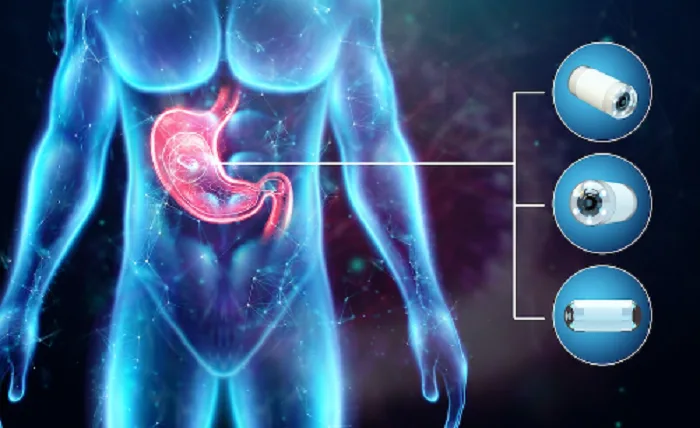Pharmacokinetics is a fundamental aspect of drug development and clinical practice. It involves the study of how a drug moves into, through, and out of the body – a critical factor in determining a drug’s safety and efficacy. In this article, we’ll explore why pharmacokinetics are essential in the world of pharmaceuticals and medicine and how it is tested.
- Why Pharmacokinetics Matters
Before diving into the methods of testing pharmacokinetics, it’s crucial to understand why it’s vital. The pharmacokinetics of a drug profoundly affect its therapeutic benefits and potential side effects. It helps answer questions like:
– How is the drug absorbed into the bloodstream?
– How does it distribute throughout the body?
– How quickly is it metabolized or broken down?
– How is it eliminated from the body?
By studying these processes, researchers and healthcare professionals can optimize dosing regimens, ensure drug safety, and enhance treatment effectiveness.
- Testing Methods
Several methods and techniques are employed to test the pharmacokinetics of a drug. Here are the primary approaches:
- Blood Sampling: One of the most direct ways to assess pharmacokinetics is by collecting blood samples at specific time intervals after drug administration. These samples are then analyzed to determine the drug’s concentration in the bloodstream over time. This information helps construct a drug’s concentration-time profile, which is crucial for understanding its absorption, distribution, metabolism, and elimination (ADME) properties.
- Urine and Other Fluids: In addition to blood sampling, researchers often collect urine and other bodily fluids to assess drug excretion. The drug and its metabolites may be present in urine, providing insights into how the body eliminates the compound.
- Radiolabeling: For research purposes, drugs can be labeled with a radioactive isotope. By tracking the radioactivity in blood and tissues, researchers can precisely measure drug distribution and metabolism. This technique is particularly valuable in preclinical studies.
- Non-Invasive Imaging: Modern imaging technologies like positron emission tomography (PET) and magnetic resonance imaging (MRI) enable researchers to visualize drug distribution within the body without invasive procedures. These methods are especially useful in assessing drug distribution in specific organs or tissues.
- Mass Spectrometry: Mass spectrometry is a powerful analytical technique that allows for the highly sensitive and specific quantification of drugs and their metabolites. It is commonly used in pharmacokinetic testing, especially in clinical and bioanalytical laboratories.
- Clinical Relevance
Understanding the pharmacokinetics of a drug is essential for several reasons:
- Individualized Medicine: Pharmacokinetic testing allows healthcare professionals to tailor drug regimens to individual patients. Factors like age, weight, genetics, and underlying health conditions can influence how a drug is metabolized and cleared from the body.
- Dosing Optimization: Knowledge of a drug’s pharmacokinetics helps determine the appropriate dosage and dosing frequency to maintain therapeutic levels. This ensures that the drug is effective and minimizes the risk of side effects.
- Drug Interactions: Pharmacokinetic tests help identify potential drug interactions, where one medication may affect the pharmacokinetics of another. This information is critical for patient safety and treatment effectiveness.
- Clinical Trials: In drug development, the pharmacokinetic test is a cornerstone of clinical trials. They provide data on a drug’s safety, efficacy, and appropriate dosing, helping regulatory agencies make informed decisions about drug approvals.
Conclusion
Pharmacokinetic testing plays a pivotal role in understanding how drugs behave within the human body. It provides critical insights into drug absorption, distribution, metabolism, and elimination, influencing dosing regimens, safety assessments, and treatment effectiveness. By applying various testing methods and analyzing pharmacokinetic parameters, healthcare professionals and researchers can optimize drug therapies, ensure patient safety, and contribute to the development of innovative pharmaceuticals. In essence, pharmacokinetic tests are the key to unlocking the full potential of drugs for improved patient care and well-being.



